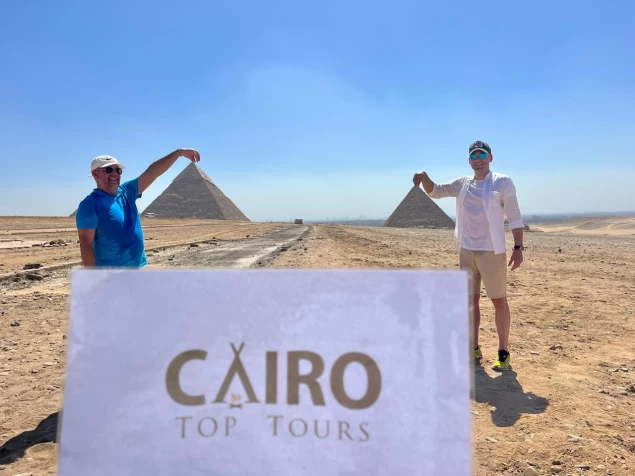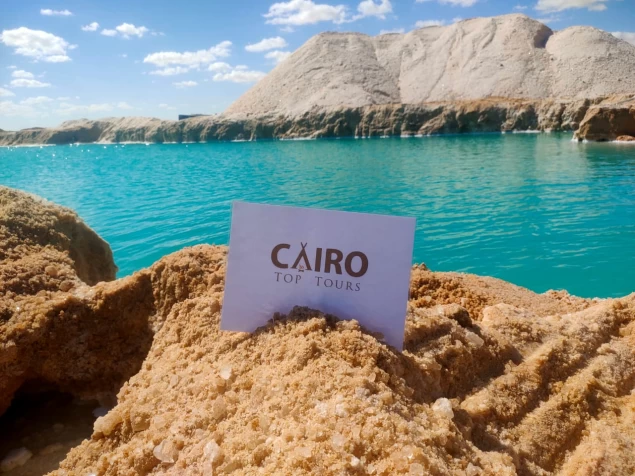Admin
You will find mosques, ancient churches, archaeological museums, and historical tombs in Al-Minya, which is the geographical and historical heart of Egypt and characterized its location since the period of the Pharaohs and the Roman period.
Admin
Al Fayoum History
Fayoum Governorate is known as Little Egypt, as it is a mini-image of all the different terrains that Egypt contains, and on the land of Fayoum, there are lakes, the most important of which are the fresh Lake Wadi al-Rayan and the salty Lake Qarun, which is one of the oldest lakes in the world, and is also characterized by green nature and desert lands, where rural, coastal, and nomadic life varies on its lands.
Admin
Wadi El Rayan in Faiyum | Waterfalls in Wadi El Rayan
Wadi Al-Rayan Nature Reserve is one of the distinguished tourist areas in Fayoum Governorate, and one of the most important areas is the picturesque Wadi Al-Rayan Falls with its charming nature, which made it a destination for hundreds of thousands of tourists from different countries of the world who visit it during the year and enjoy practicing various tourist activities around the waterfalls, such as sand skiing, bird watching, and others.















